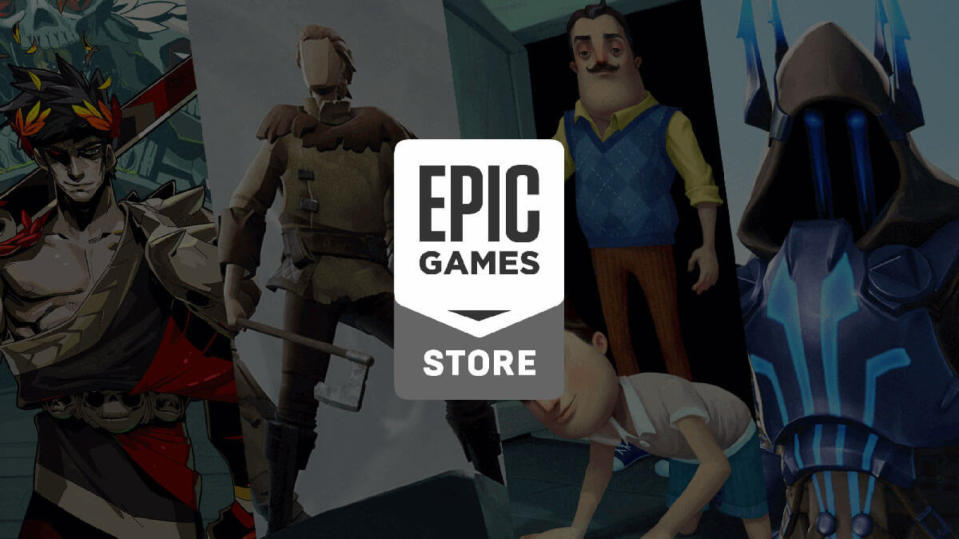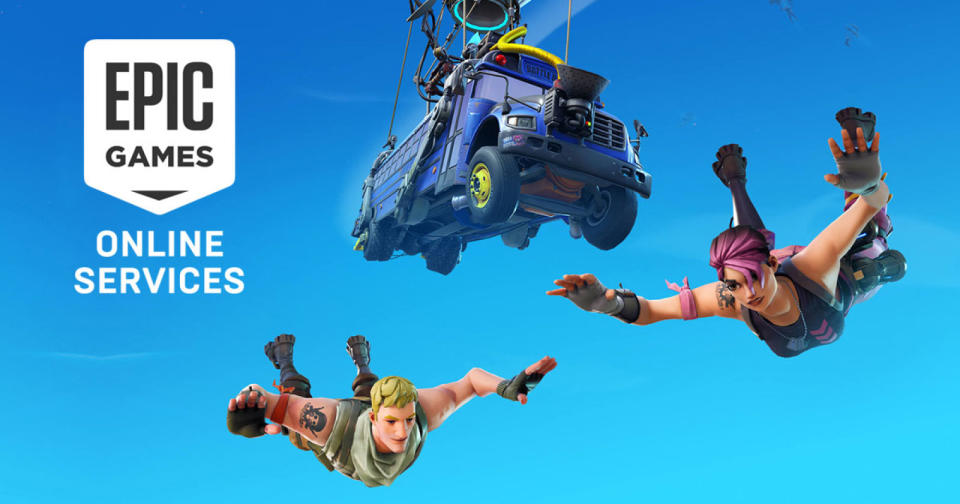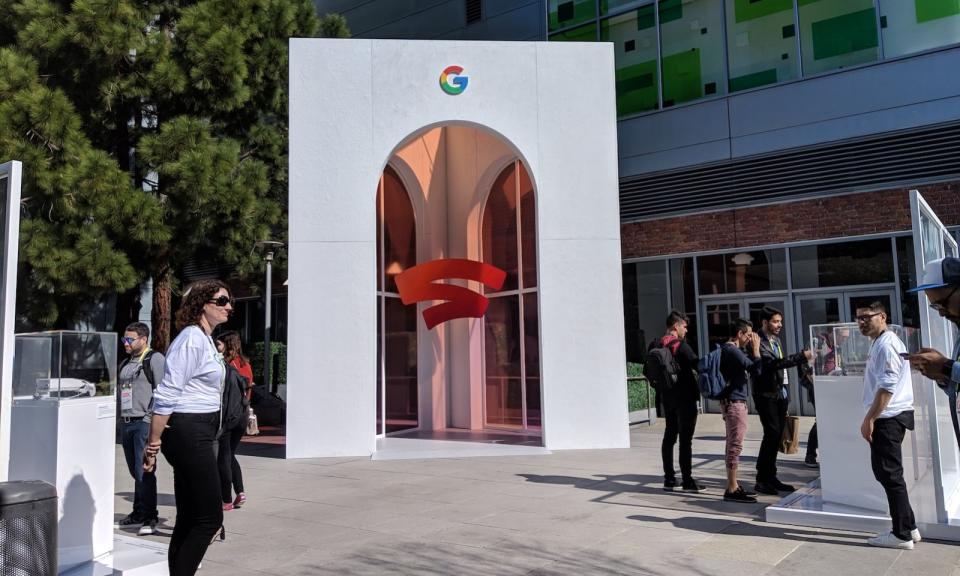Epic Games has 250 million 'Fortnite' players and a lot of plans
Tim Sweeney looks back in order to talk about the future.
When Tim Sweeney built ZZT in 1991, he didn't know how to program graphics. Instead of coding actual characters and objects into his game, he used text symbols, and the main character was simply a smiley face trailing across the screen.
"That included both a game goal, and just running through levels and shooting monsters," Sweeney told Engadget at the Game Developers Conference. "It also included an editor so everybody could build their own levels."
The editor was a fantastic surprise for burgeoning video game developers outside (and probably inside) of Sweeney's parents' house, where he'd just laid the foundation of a company that would become Epic Games. Nearly 30 years later and Epic is worth an estimated $15 billion; it's the steward of Fortnite, a generation-defining game, and Unreal, one of the most widely used engines in existence. Plus, it recently launched the Epic Games Store, a digital marketplace finally capable of knocking Steam's crown askew.
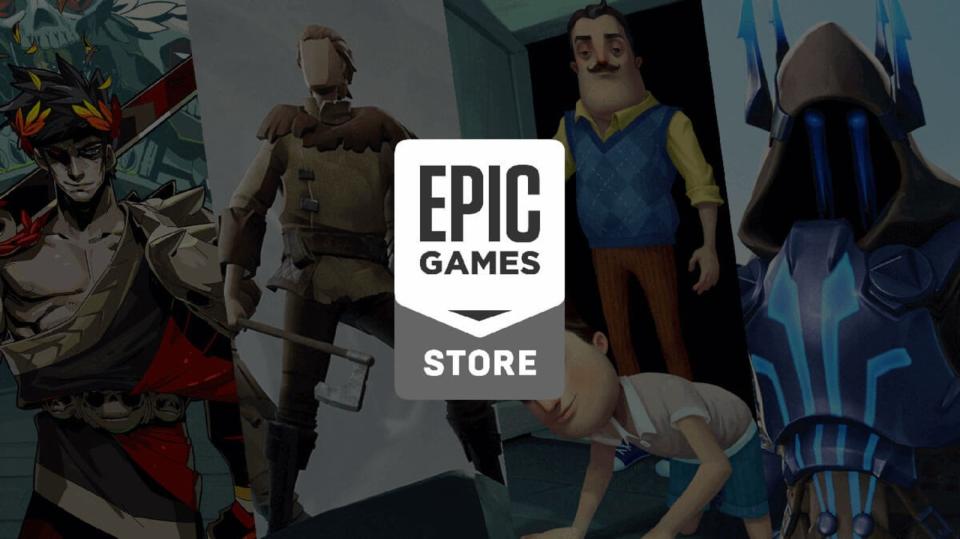
"It was in those early days that Epic's kind of core philosophy was set," Sweeney said. "We both build games ourselves and we share all the results of our work with the world to build their own games. We're the both a game developer and a service company that works with partners throughout the whole industry. Everything we're doing now is this much larger version of that."
Much larger. Fortnite alone has nearly 250 million registered players, with 10.8 million concurrents, Epic announced today. That's up from 200 million players in December.
"It's the first shooter with a huge female population."
"It's a real game," Sweeney said. "It's a shooter. It's worldwide. It's the first shooter with a huge female population. Somebody estimated it at roughly 35 percent, which is unprecedented -- why isn't it 50? -- but it's unprecedented for anything like this. It's because it brings together players in a social experience."
Fortnite didn't start out as a 100-player experiment in base-building, survival and online social skills, but Epic was quick to adapt when it seemed like the title was going to flop shortly after launch in 2017. Just months after going live in Early Access, Epic dropped the game's price to zero, inserted microtransactions, and called it Fortnite Battle Royale. The rest is our current reality.
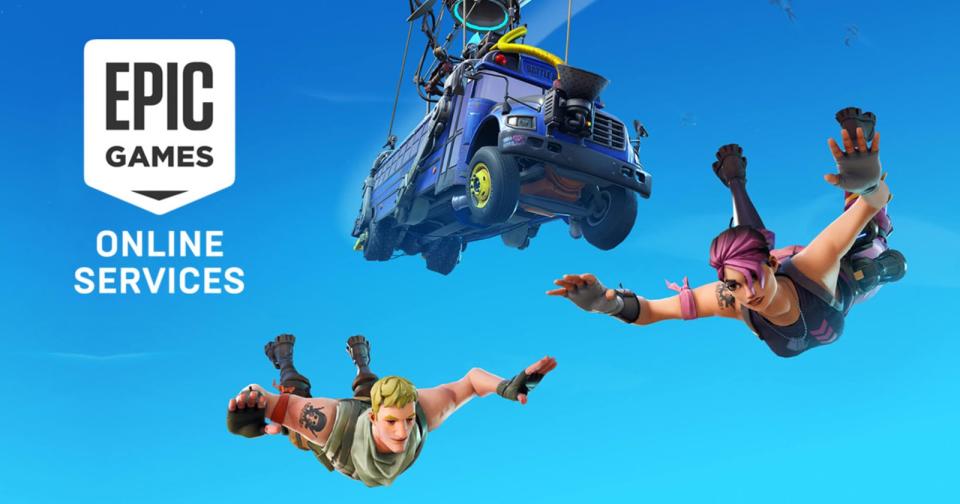
Epic learned a lot in support of Fortnite, and it today launched a tool to disseminate that knowledge among other developers. Epic Online Services is a platform- and engine-agnostic SDK that supports large-scale matchmaking, voice communications, cloud storage, sentiment analysis, game analytics and a ticketing system, and it's available now.
Fortnite is a microcosm of Epic's overall business strategy. Sweeney and CTO Kim Libreri have an eye on the future and they've made sure the company remains agile enough to respond to shifting trends. Epic was one of the first major companies to jump on the "games as a service" train; in 2012, Chinese tech giant Tencent acquired 40 percent of the business for $330 million, and in return, Epic received support and insight into the subscription-focused, constantly connected ecosystem that would soon power the video game industry.
Epic's track record of riding the correct currents makes it an interesting company to watch. This week, Google finally revealed its game-streaming service, Stadia, and it announced Unreal as a partner, alongside Unity and a slew of other major brands.
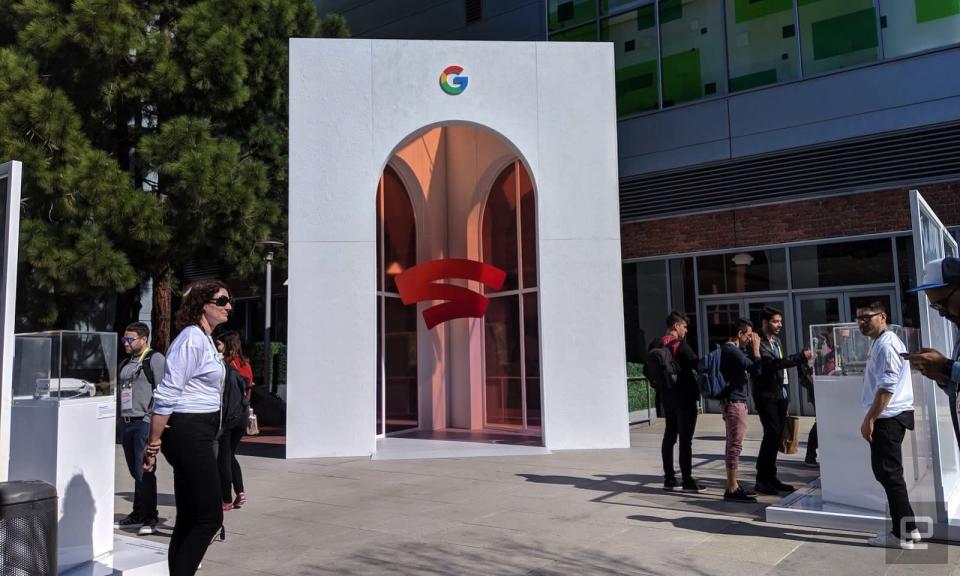
"There are the problems we solve, and then there are the problems that the platform companies solve and we just work with them on it," Sweeney said. We talked a day before Google actually announced Stadia, so he kept things vague. "Streaming is one of those, right? Streaming is something that's going to require tons of billions of dollars of investment, building server farms close to users and 5G and everything else. That's above our pay grade [Editor's note: doubtful], but what we will do is we'll support it with our games."
"Streaming is something that's going to require tons of billions of dollars of investment."
Epic was at GDC this week to reveal its latest tools and technologies in a press conference on Wednesday morning. Developers showed off the photogrammetry capabilities of Unreal 4.21, and the ray-tracing upgrades in Unreal 4.22, which is available now in preview. The full version is due to land within two weeks. Plus, the company highlighted its prowess in fields outside of game development, partnering with film and TV company Goodbye Kansas on a cinematic inspired by fantasy artist John Bauer, and working with Quixel on a futuristic, photorealistic short based on images of Iceland.
Epic closed out its GDC showcase with a look at the next next version of Unreal, 4.23, which is scheduled to go live in June. The Chaos system represents Epic's latest approach to video game realism, but instead of focusing on generating more lifelike images, it's all about physics. Chaos implements destructible environments and objects on an unprecedented scale, and better simulates rigid-body dynamics.

In the demo, a giant robot tore through buildings, cars and enemies, all of them crumbling elegantly in sprays of stone and metal. However, I wondered, would Chaos be able to make simple, human movements -- the things that are apparently the hardest to recreate in video games -- appear normal?
"But can it make drinking a cup of water look natural?" I asked Epic CTO Kim Libreri.
He laughed and said, "It absolutely will do that."
"You promise?"
"Eventually," he said. "Right now, we've set the foundation and it is experimental."
Name something at Epic that isn't.




